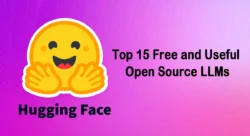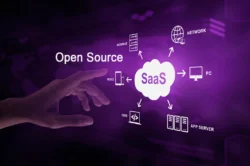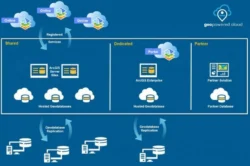
Press Release (ePRNews.com) - Illinois (USA) - Aug 29, 2019 (UTC) - The trend is clear: the cloud is the way to go. In 2019, 60% of enterprise workloads are predicted to run in the cloud versus just 45% in 2017. SMBs are gearing up for the cloud too, as they quantify the benefits of cloud migration. So the big question today is: where do you begin?
DevOps team created this quick primer that includes five application migration to cloud steps to assist you.
Step 1: Architecture of The Destination Server Environment
Your destination environment could be as simple as a paid, shared hosting setup, or so complex that you need physical and virtual servers, firewalls, and another tech to meet your goals. Before you do anything else, you have to design your destination server architecture with your business goals and application type in mind. Take into consideration all of your business requirements as you decide exactly what you will need.
Step 2: The Initial Migration
Ideally, the application migration methodology suggests that you should be able to cease operations in order to execute a clean app migration. Otherwise, you’ll need to implement steps to track any file changes that may occur as you are conducting the migration. Next, consider whether or not your source server has adequate space. Finally, consider what might go wrong during the process. If you are unable to go offline during the migration, record locking could be a problem.
Step 3: Test Thoroughly
Once you’ve restored your application files to your new environment, and completed configuration, it’s time for testing. You don’t want to go live without this step. You can test you.
Migration on a local level by modifying the hosts\\\’ file on a Windows or Mac to point to the new environment. Learn more about different testing strategies from our previous post.
Step 4: Going Live
This is the stage that will be most visible to your users. Take the time to ensure that everything goes smoothly. You’ll have to consider system downtime, DNS changes, system messages, and more.
Step 5: Support After Migration
Even if everything goes perfectly, you should plan on using extra resources for NOC tech support. Make sure that you have adequate staffing, and that your documentation has been updated.
Quick Application Migration Tools List
Now that you know how to migrate the application to AWS or another cloud environment, here are some tools to make the process easier.
1. AWS Migration Tools Services
1.1. AWS Migration Hub
1.2. AWS Application Discovery Service
1.3.TSO Logic 1.4.Amazon S3 Transfer Acceleration
1.5. CloudEndure Migration
2. Carbonite Migrate
3. Azure Migration
4. Google Cloud Migration Services
How Romexsoft Can Help
Romexsoft can help you execute an application assessment for AWS cloud migration, develop a migration strategy, and provide you with all the support you need throughout the process! Contact us today for more details!





